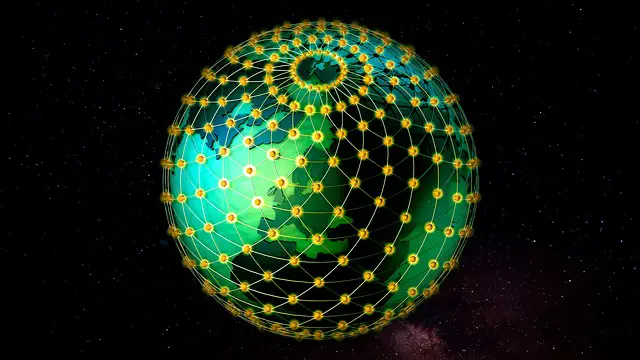Several times in this blog, we have covered the similarities between different languages and often come to the conclusion that, in the case of very closely related languages, it is as if they are more dialects of the same language than actual separate ones. But this conclusion raises questions of its own. If there is not much that differentiates a dialect from a language, how do you make the distinction? And is there even one certain point at which a dialect becomes a separate language?
Today, we are taking a closer look at if and what really is the core difference between a dialect and a language. The first question we need to answer when we start considering the differences between dialects and languages is what actually constitutes a language. Although this topic deserves a longer article of its own, it’s important to at least get some of the basics straight.
Table of Contents
How to Define “Language”?
Although the major dictionaries offer a somewhat different definition for language, the major characteristics that everyone seems to agree upon are that language is a tool used for communication by a specific community (like a nation or a country) by utilising a set of recognised signs.
If this seems vague, it’s mostly because it is. Languages tend to be very fluid phenomena which are also in constant evolution. This is what also makes drawing a clear line between a language and a dialect so difficult. Essentially, every single person on the planet speaks their own dialect – nobody uses language in exactly the same way as their parent, friend, or neighbour. But this obviously does not mean that there are as many languages as there are people.
But this does bring us to the first possible way to distinguish between languages and dialects – mutual intelligibility.
Intelligibility as a Measure of Language
It might be tempting to call a language just a set of dialects (everybody’s own personal ones) that are mutually intelligible to the members of a certain community without learning. This might be a great way to understand how people from Australia and Scotland might be able to understand each other using English but this approach creates a whole new set of problems.
As we have covered earlier, people from the Czech Republic and Slovakia speak languages that are so closely related that they are also able to understand each other without problems but these languages are considered distinct. At the same time, if you have ever tried listening to the highly specific language of engineering or medical professionals, you can say how difficult that is to grasp even in your own tongue.
Geography as the Determining Factor
So, if we say that Czech and Slovak are different languages because they are spoken in different countries, does that mean that it’s borders that make the difference between a language and a dialect? Polish is spoken in Poland, Czech in the Czech Republic, Swedish in Sweden, and Danish in Denmark. And, although each of these languages is so closely related to its neighbours as to cause few problems in communication, it’s the nation’s borders that make the distinction.
Unfortunately for this definition, we already took a look at the various types of native English spoken around the planet. Although Canadians live in Canada and New Zealanders are half the world away from them, no problems arise in communication when the two meet. And comparing the different forms of “Chinese”, you will see that what are considered “dialects”, are so distinct from each other as to make verbal communication impossible.
Is It All Just Politics?
There is a well-known quote, claiming that “A language is a dialect with an army and a navy.” The idea of which is that the distinction between a language and a dialect often comes down to political decisions – like naming Danish and Swedish different languages and the varieties of related languages in China dialects. And sure, there are people who disagree with letting a whimsical adage do the defining but, in this case, the shoe does seem to fit.
There are, of course, many ways to tackle this issue but each seems to run up against different problems and most seem to draw the lines between languages and dialects rather arbitrarily. Creating a clear distinction between when different dialects become separate languages is as difficult as determining when species develop from a common ancestor. It’s often near impossible to distinguish these in a continuum.

